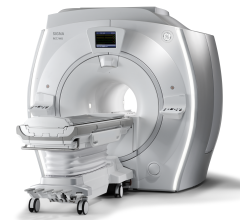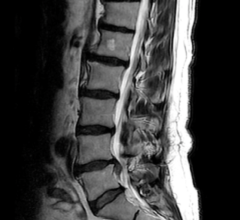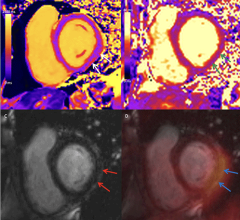
September 13, 2011 – Mediso Medical Imaging Systems announced at the World Molecular Imaging Congress (WMIC) the launching of the new nanoScan positron emission tomography/magnetic resonance imaging (PET/MRI), in vivo molecular and preclinical imager.
The PET subsystem, equipped with the new Tera-Tomo 3-D reconstruction engine, performs quantitative PET studies with an average resolution of 700 microns. Due to the advanced graphics processing unit (GPU) based on the fly system matrix generation principle and the physical corrections in 3-D PET reconstruction, a uniform resolution is achieved throughout the field-of-view.
Using corrections for a variety of physical factors, a quantitative three-dimensional PET reconstruction has been developed and applied by Mediso and their academic collaborators. Some of these factors include detector response, detector attenuation and scatter, object attenuation and scatter, random, dead time and positron range.
The compact shielded MRI platform from Aspect imaging utilizes a high-performance 1T magnet with zero magnetic fringe field outside the magnet. It provides high spatial resolution of down to 100 micrometers (?m), with high soft tissue contrast required for anatomical/morphological imaging. The permanent magnet platform provides a maintenance-free MRI solution with a small footprint and easy installation. It is optimized to perform fast, high-throughput imaging of a variety of applications and preclinical studies.
The new platform can be applied for imaging and quantification in the following areas: oncology and tumor biology, regenerative medicine, PET development of radiotracers, receptor studies in neuroscience, inflammation and immunology, infectious diseases, animal model development and phenotyping and multi- modal imaging and contrast agent development.
The system is designed for any facility and for use by any operator. There is no need for any additional magnetic or RF shielding and no special site preparation is required for the installation of the equipment.
The first device was installed at the prestigious Karolinska Institute in April 2011 and is being used by Prof. Christer Halldin and in the core imaging laboratories of Professor Balázs Gulyás. It was the optimal imaging choice for Halldin, whose research requires the highest level PET radiotracer technology along with support and co-registration with high-resolution MRI images.
“The nanoScan PM combines anatomical and molecular imaging modalities using a state-of-the-art PET technology with cutting edge resolution and sensitivity and a unique user friendly MRI imaging for pre-clinical studies,” says Halldin, professor, director of Karolinska Institute PET Center.
For more information: www.mediso.com


 July 31, 2024
July 31, 2024 








